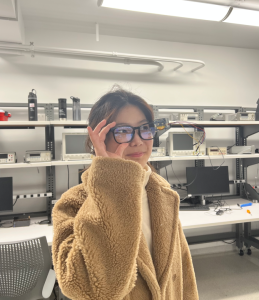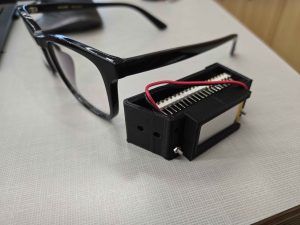This week I updated the search functionality such that all recipes from the search results will be displayed in the UI in two columns with however many rows are necessary to show all recipes, and the user can scroll through the rows. This involved changing the frontend code as well as the data structure of the recipes so that they can be displayed in the UI in the described format. I also updated the ingredient recommendation algorithm to parse ingredients and isolate just the ingredient name by ignoring measurement terms and other extraneous words such as “fine” and “or.” For example, this would reduce “1 sugar pumpkin, halved from top to bottom, seeds and pulp removed” to “sugar pumpkin.” This change was made because the original algorithm checked that the user-given ingredient was a substring of the recipe ingredient, but that led to false positives where “sugar” would be a substring of the ingredient, but is not the ingredient name, so this parsing will increase the accuracy of the recommendations. I also added a button on each recipe card which the user would be able to click to select that recipe to cook. Next week, I will integrate this feature with Alena so that when a user selects a recipe to cook, the web app sends the recipe information to the glasses and voice commands.
I learned about SQL databases and how to use them. I did not have prior experience using databases, but I was able to learn via youtube tutorials, tech blogs that compare different databases and provide tutorials on how to set up and use them, and specifically the postgreSQL documentation, which helped me integrate the database into this particular web app. I’ve found that researching on the Internet and watching/reading about someone else doing it first help me learn and use new technologies and concepts.




